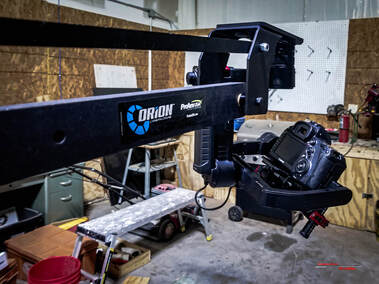 Our jib equipped with our gimbal Our jib equipped with our gimbal Among some of the bigger equipment upgrades we made in the later part of 2019 were the upgrades and modifications to our jib crane. Some of these were called for out of necessity, such as the stronger mounting hardware we installed to accommodate the heavier cameras we now use. Other upgrades increased functionality and ease-of-use, such as a tilt-lock mechanism, a monitor mount, and more. However, there were two upgrades we made which really expanded the creative possibilities our jib provides. These two upgrades are gimbal mounting hardware and a motorized pan/tilt head. We often get asked about what types of shots these modifications allow us to produce, what the differences in the two are, how do we decide which one to use, and what our thoughts are about both. Today, we'll not only tell, but also show you some samples of the cool camera moves these modifications allow us to capture with our jib crane. We'll also share some of the pros and cons, as well as our own thoughts and opinions of both of them. If you have a jib crane, these upgrades are worth looking into. An important thing to note is that these two modifications can't be used together at the same time on the jib. I mean, you COULD mount the gimbal on the pan/tilt head and mount the resulting monstrosity on the jib...but....why? If you have both options available to you, you'll need to choose the one that you feel is best for the shot you are trying to produce. But first, what do we even mean by gimbal or motorized pan/tilt head? If you're not familiar with what one or both of these are, here's pictures of each one mounted on our jib crane. Later on, we'll look at some of the specific differences in functionality between these two pieces of equipment. What Kind of Shots can they Produce?We often get asked for sample footage of shots produced by our jib crane using a gimbal or pan/tilt head. Below you can see some shots produced using both of them. These are by no means the only camera moves which are possible. You can combine any number of different moves to create an incredibly graceful cinematic motion shot using a jib with a gimbal or pan/tilt head. There are an astronomical number of ways to combine all of the movement into epic, eye-candy camera moves. Think about how many dimensions the camera is moving in all at once. The jib arm itself moves freely in two dimensions (vertical and horizontal axis). It moves through the third dimension (Z axis) in a limited capacity when you raise or lower the jib arm. It brings the camera closer to the subject as the arm becomes parallel with the ground and more distant as the arm approaches its maximum vertical angle. The jib head itself tilts up and down, automatically in sync with the jib arm, or manually using the manual tilt handle. Then you have a motorized 2-axis or 3-axis motion control system mounted on there. Creating really epic camera moves with a motion system this complex requires and equal amount of planning and playing around with it. You can plan a shot out in your head an think it's going to be poetry in motion, but then when you actually do it, the moves just don't jive together. Other times you may just be messing around shooting some test shots and you stumble across an sweet move you can't stop re-watching. We usually discover a new move we never thought of before each time we film with this jib system. Here are just a few examples of some simple jib motion shots we captured using the jib crane with the pan/tilt head and the gimbal. Pan/Tilt Head Vs. Gimbal COMPARISONThe video below shows clips captured using the motorized pan/tilt head and clips captured using the gimbal on our jib crane.
As you can see, there are a number of similarities in the shots both the pan/tilt head and gimbal can produce. It can be hard to distinguish between them unless you really know what to look for in the movement of the shots. The most obvious difference is that the pan/tilt head has a bit more ridged movement than the gimbal, which is to be expected. The gimbal also provides a bit more stability, ironing out slight bumps and wobbles caused from the movement of the crane. Again, this is to be expected since the gimbal actively stabilizes the camera. There are a ton of very unique camera moves you can perform with a set up like this. They all have that signature "jib shot" feeling to them, which I personally find very pleasing visually. The jib lets you go from high angles to low angles or vice-versa in one smooth motion. It also adds a slight arch to the move. With tools like the gimbal or pan/tilt head, you can add yet another layer of smooth, dynamic motion to your shot. One way to create a cool shot is by countering directions of movement; for example, if you're panning the crane left, pan the camera right at the same speed while keeping a steady track on your subject. Like we said, there are tons of creative moves you can do with this type of jib setup, but we'll do an in-depth look at those in a future post. Right now, let's look more closely at the differences between these two pieces of equipment. First, you need to know what equipment we're actually using here. The Gimbal
The feature which makes this gimbal well-suited for use with a jib crane are its dual-operator capabilities. This allows the gimbal to be controlled remotely via a handheld remote controller. It is possible for one person to operate both the jib and gimbal remote alone. However, it is much more effective when one operator controls the jib and a second operator controls the gimbal. In order to use the Ronin-M with the jib, we purchased a Ronin-M mounting adapter which allows the gimbal to be mounted to other pieces of equipment with standard mounting screws. We also had to get an extension mounting plate for our jib to mount the gimbal far enough away from the head of the crane so that the back has enough clearance to move freely Motorized Pan/Tilt Head
The Jib Crane
Setting up the crane by itself doesn't require any tools. The process takes one person about 5 minutes to complete and be ready to film with it. The additional attachments and equipment we use with our jib crane increase the setup time to 10-15 minutes, but that still isn't very long. Pros and Cons
Both of these are awesome additions to any crane! We started with the gimbal first on our crane since we already had the Ronin-M. Then we purchased the Tigertilt head after seeing the amazing shots we could produce with these systems. If you are looking to get one of these motion control systems for your crane, unless you use a jib everyday on your own, consider going with a gimbal first. You will get more use out of the gimbal because it can be used all the time, even when you aren't using a jib. If you often work alone, using the gimbal remote and jib together is difficult, but very doable with practice. Keep the pan/tilt head in mind as well though later down the road, especially for those of you that are typically solo operators. Pan/Tilt Head with Roll Axis
The creative possibilities unlocked when you combine one of these motion control systems with your jib are truly amazing. A bit of practice is needed to get the hang of coordinating the movements, but it's well worth it. You'll be able to create one-of-a-kind cinematic motion shots which can't be produced with any other system. Let us know if you have any questions about our jib or any of the equipment we've discussed today, and let us know what you'd like us to write about next! We'll be adding more posts featuring this gear and more in the future so check back with us soon. Subscribe to our newsletter to stay up-to-date with our latest blog posts! Now get out there and create! Loading...
0 Comments
Leave a Reply. |
Quick Browsing |
ShadowCast Offers |
ShadowCast ResourcesVertical Divider
|
ShadowCast ShowcaseVertical Divider
|
© 2024 ShadowCast Productions and Talent Studios. All Rights Reserved except where otherwise stated.

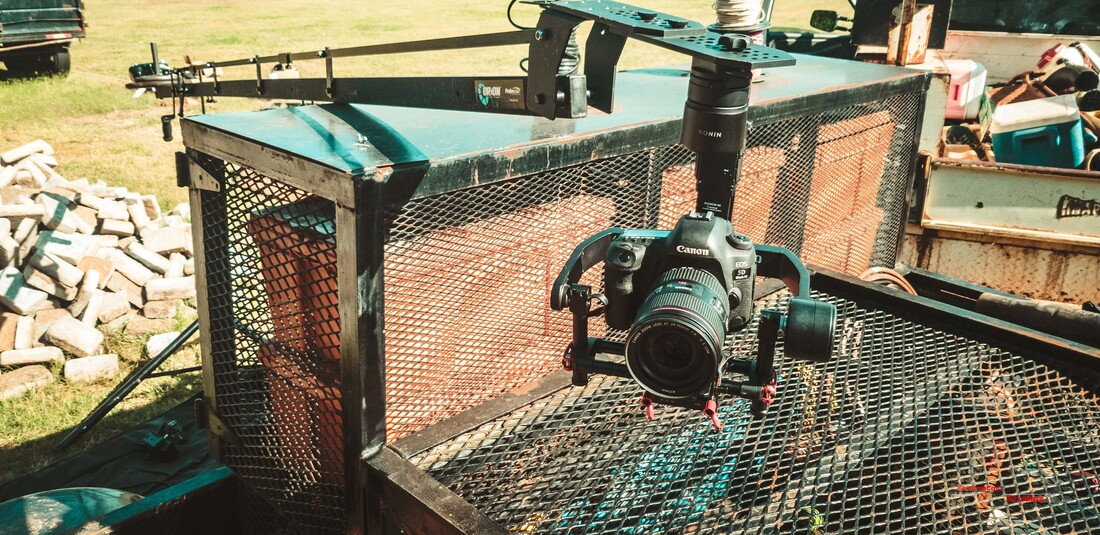
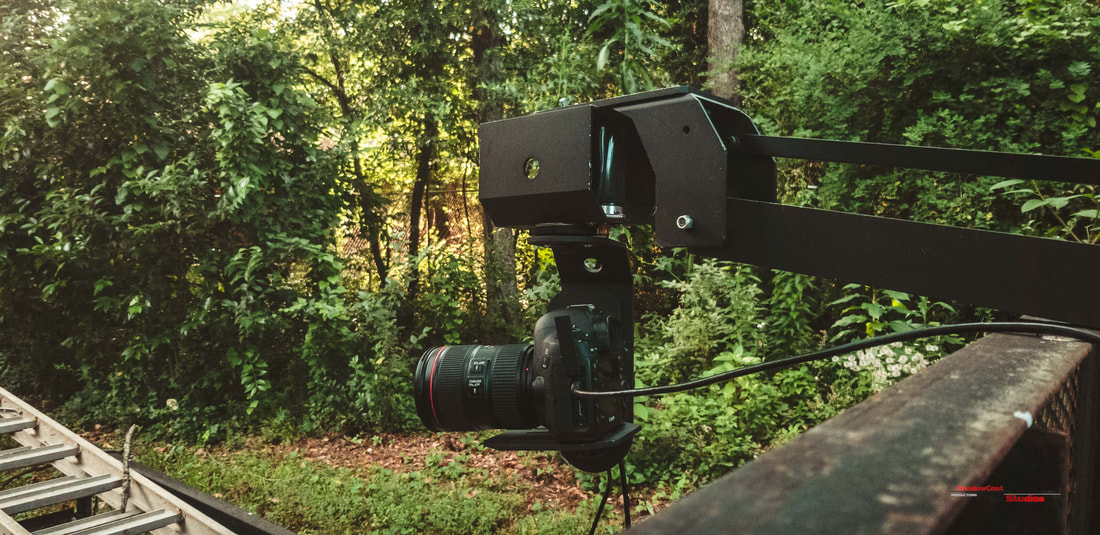
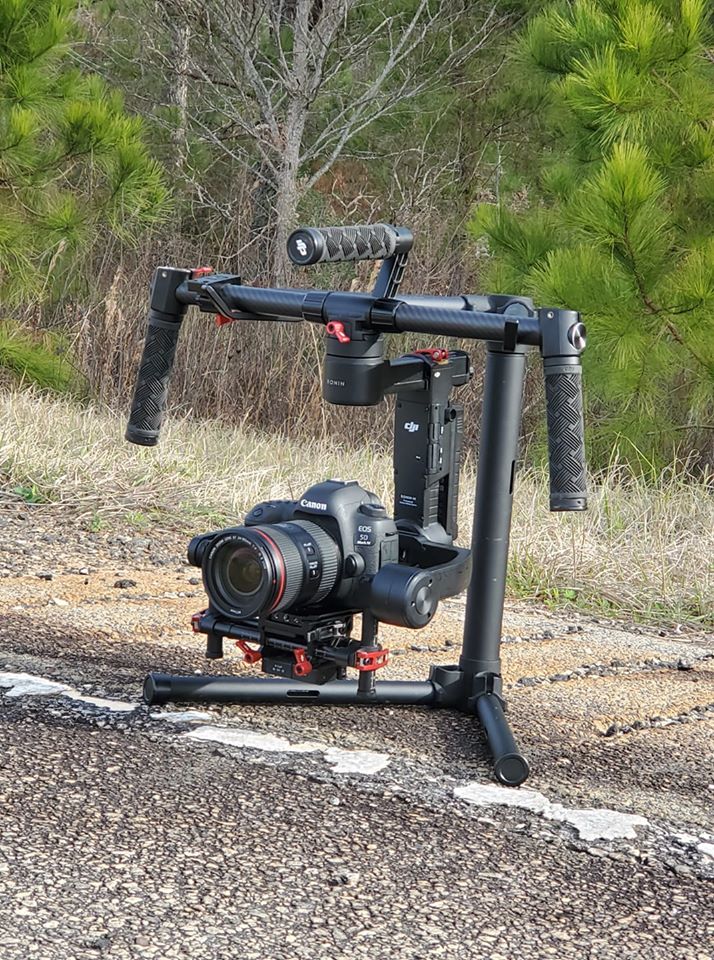
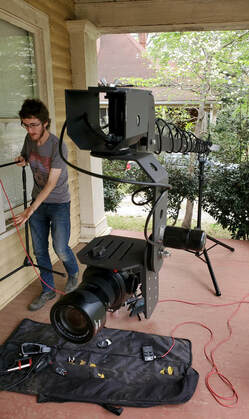
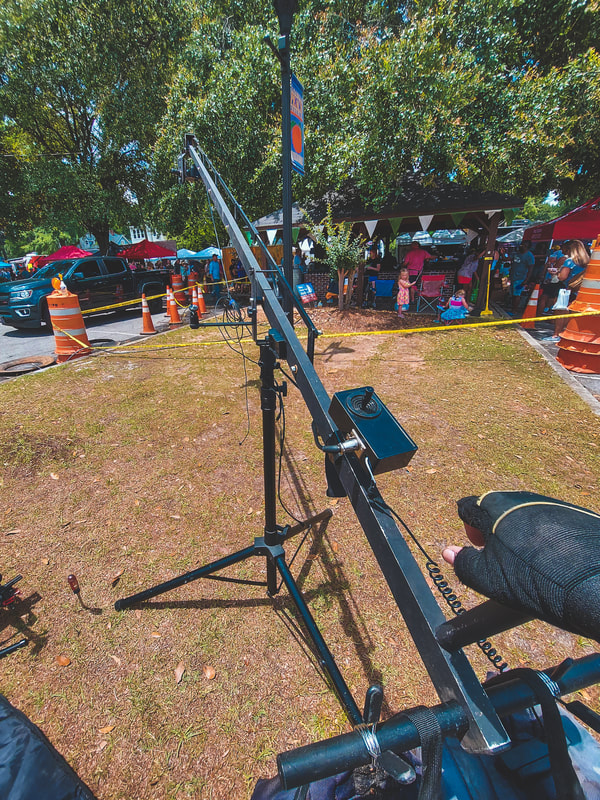

 RSS Feed
RSS Feed 


